About rural food plate mapping survey
Household dietary preferences are a cumulative result of purchasing power, access to markets, food availability in local areas, and behavioral choices. Transforming Rural India Foundation (TRIF) and Sambodhi Panels (Sambodhi) undertook a rapid assessment on mapping the rural food plate to unpack trends in dietary preferences. Our aim was to understand the diet diversity and quality in rural households across India. The assessment interviewed 7332 rural individuals across 20 states, covering all six geographic zones of India. Globally accepted tools (i.e., FAO, United Nations) were used to collect data for a 24-hour recall period.
Quality diet still elusive to many in rural India
National trends on nutrition and food production
The challenge of improving nutrition in India is an uphill battle. On one side, we see slow reductions in childhood stunting. Annual reduction in stunting between 2015-16 and 2019-20 stood at 0.7 percentage point (pp), much lesser than a required rate of nearly 1.5pp to achieve Sustainable Development Goal targets. On the other, obesity among households has more than doubled (from 10% in early 2000s to 24% in 2019-20). At the same time India continues to produce more food every year. Per capita monthly availability of food grains (rice, wheat, nutriacereals) has increased by 8%, pulses by 40%, oilseeds by 10.9 % and milk by 46% between 2011 and 2021.
This TRIF-Sambodhi survey contributes to explaining these macro-level contradictions
Results from rural food plate survey
Diversity: The average Individual Dietary Diversity Score (IDDS) was 4.20 out of a total possible score of 12. This means an average rural household could only consume 4-5 out of the 12 food groups for a balanced diet in the last 24 hours. The global threshold for “poor” dietary diversity is 3.0. North-eastern and Southern states reported a better score (5.0, 4.52), compared to Western and Northern India which recorded the lowest (3.32, 3.89). Hence, a significant number of households on the brink of this dietary threshold face the risk of food insecurity in events of crisis like COVID-19 pandemic.
Mean IDDS Score
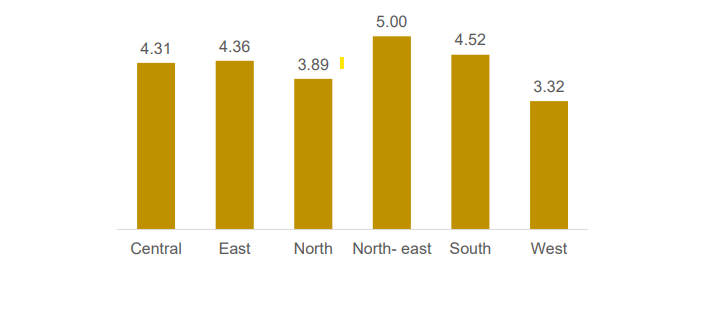
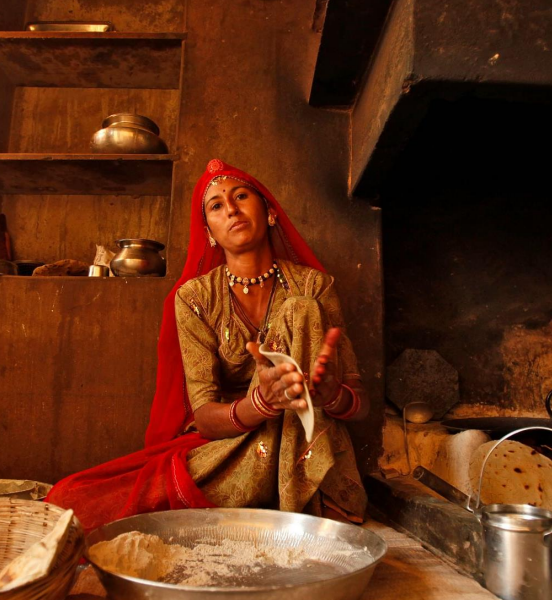
Quality: A rural household food plate meets the requirement for cereals and pulses, vegetables, milk, and spice condiments. What is noteworthy is the low intake of green leafy vegetables (i.e., spinach), fruits rich in Vitamin A (i.e., papaya, carrot), and meat and eggs, as well as a significant consumption of oils, fat, and sweets in an everyday diet. The result – while today’s rural diet addresses the energy needs for an individual, it is imbalanced with increasing risks of micronutrient deficiencies in the form Iron andVitamin A deficiencies. Overconsumption of oil, fat, and sugar are also likely contributors to the increasing burden of non-communicable diseases and obesity.
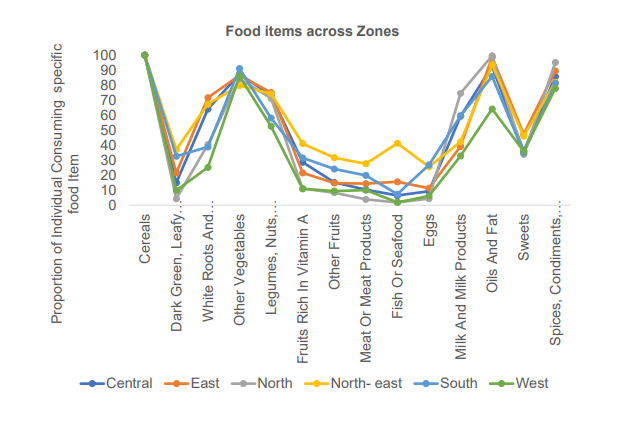
Inequities: People in the lowest rural economic strata had the lowest dietary diversity score and therefore are much more exposed to micronutrient deficiencies. These become more exacerbated even among better performingstates in the north-east, emerging as a pattern of hidden-hunger.
Consumption differentials between highest and lowest IDDS terciles, by zone
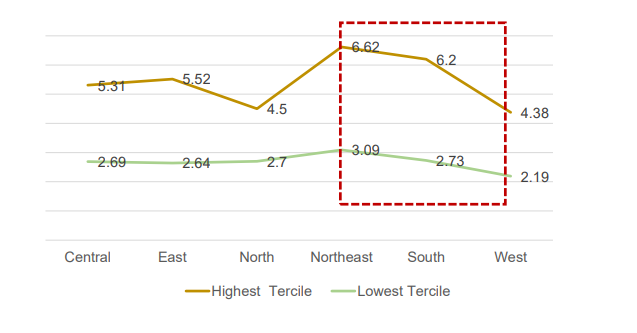
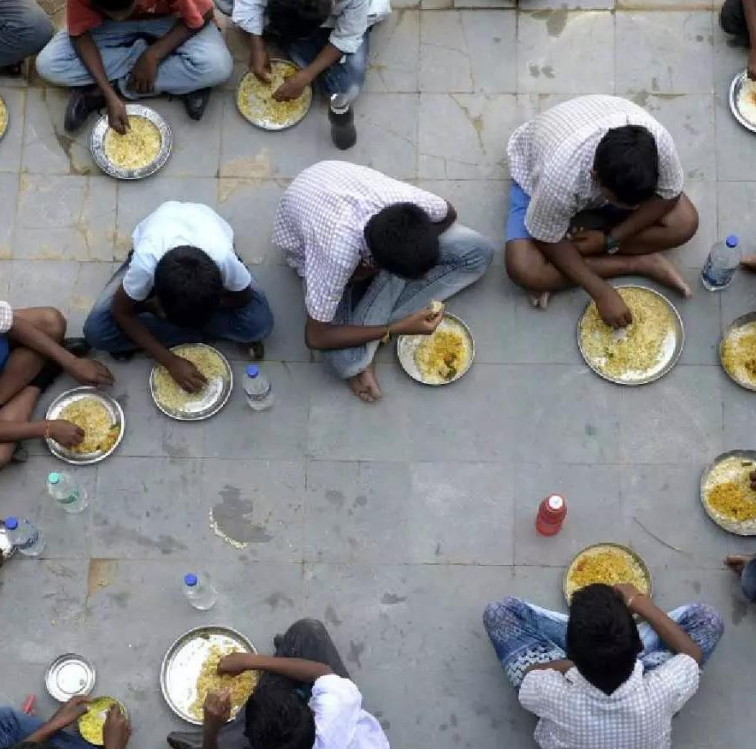
Access: Majority of rural households consumed cereals from their own production or purchased subsidized rice/wheat through the public fair price shops. Vegetables, including green and leafy vegetables and Vitamin-A rich foods purchased from the local retail shop or self-produced, or in some cases bought from markets in the nearby town. A shortage in availability of food items in the local markets, especially for vegetables, can impact their prices, quality, and consumption preferences of households.
Vegetables, fruits, and milk are perishable commodities. In absence of affordable storage facilities at the block level, supply chain disruptions are known to have inflationary effects which makes a rural household choose to forego nutrition. From a production perspective, items like green and leafy vegetables are winter crops and are often in short supply for a large portion of a year. Remote areas and poor households are the hardest hit. Public schemes like Targeted Public Distribution System (TPDS) do little to plug any nutritional deficiencies, except for some implicit savings for poor households. Nutrition-specific schemes like the Integrated Child Development Services (ICDS) and Mid-Day-Meal (MDM) are supplementary efforts, with limited effects on an already imbalanced individual diet.
We suggest that national nutrition initiatives can be more human-centric and engage in redesigning the food supply chains to improve last mile – an average household food plate. Behavior change communication for rural households, along with its focus on reducing undernutrition and anemia, can also highlight aspects of a diverse and quality diet.
Key takeaways for nutrition policy
Vegetables, fruits, and milk are perishable commodities. In absence of affordable storage facilities at the block level, supply chain disruptions are known to have inflationary effects which makes a rural household choose to forego nutrition. From a production perspective, items like green and leafy vegetables are winter crops and are often in short supply for a large portion of a year. Remote areas and poor households are the hardest hit. Public schemes like Targeted Public Distribution System (TPDS) do little to plug any nutritional deficiencies, except for some implicit savings for poor households. Nutrition-specific schemes like the Integrated Child Development Services (ICDS) and Mid-Day-Meal (MDM) are supplementary efforts, with limited effects on an already imbalanced individual diet.
We suggest that national nutrition initiatives can be more human-centric and engage in redesigning the food supply chains to improve last mile – an average household food plate. Behavior change communication for rural households, along with its focus on reducing undernutrition and anemia, can also highlight aspects of a diverse and quality diet.

